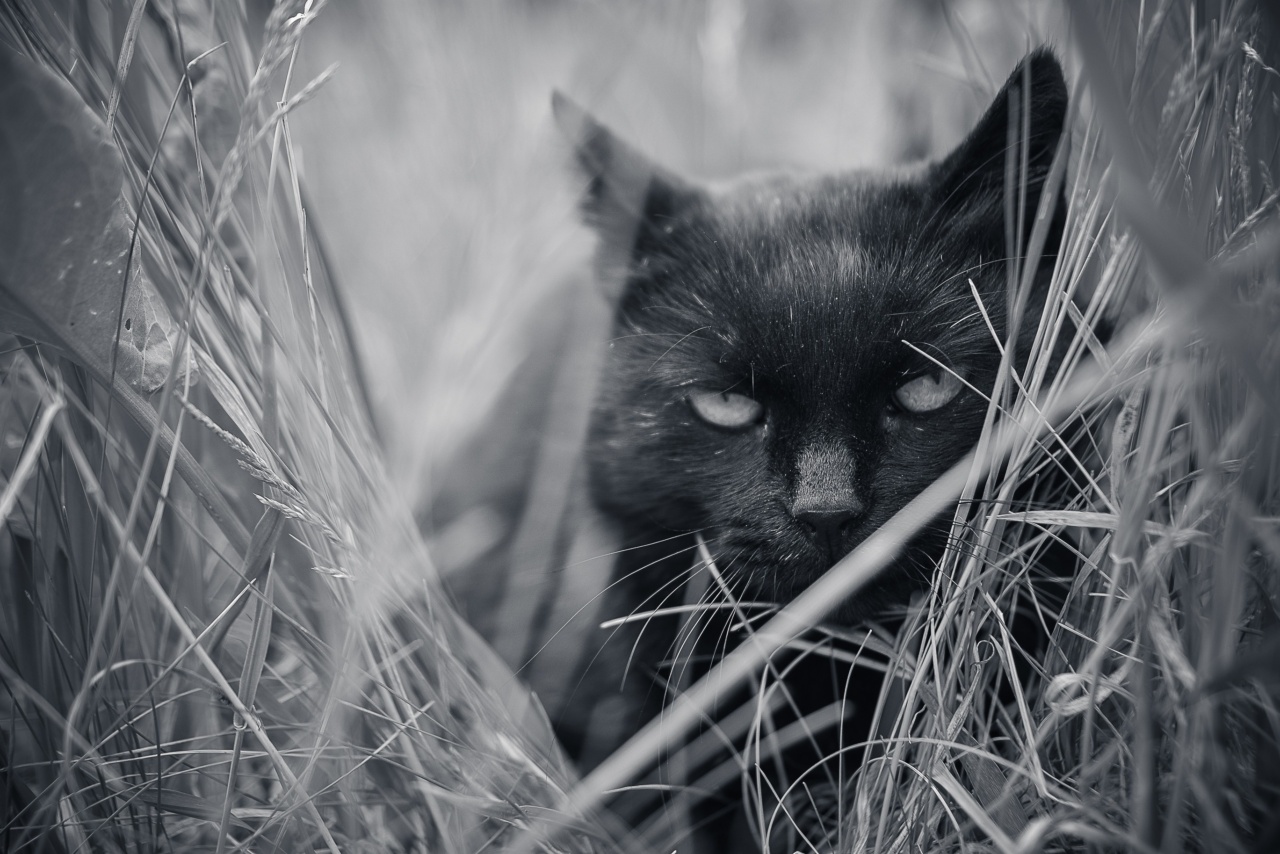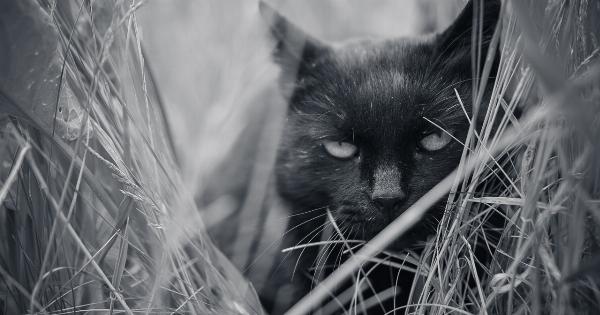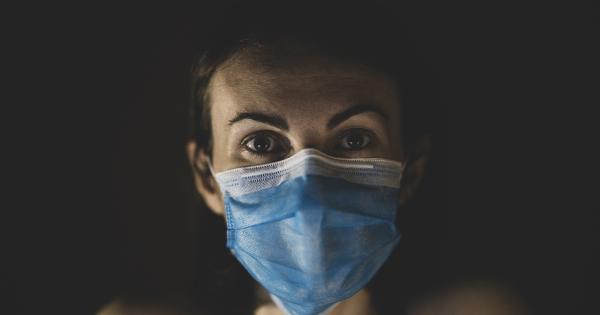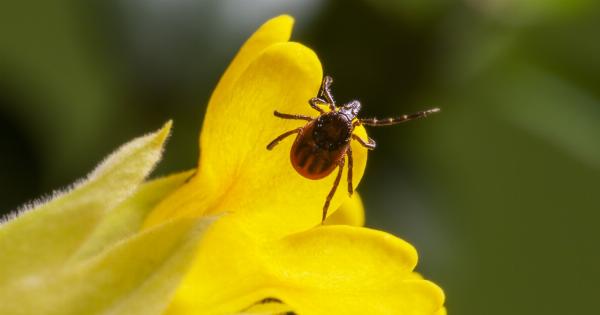Toxoplasmosis is a parasitic disease caused by the Toxoplasma gondii parasite. While it can infect a wide range of animals, including humans, cats are the definitive hosts of this parasite.
This means that they are the only species capable of shedding the infectious form of the parasite in their feces. Understanding how cats transmit Toxoplasma to humans is crucial in preventing and managing the spread of the disease. In this article, we will delve into the importance of feline behavior in the transmission of Toxoplasma.
The Life Cycle of Toxoplasma gondii
Before we discuss how cats transmit Toxoplasma to humans, let’s briefly discuss the life cycle of this parasite. Toxoplasma has a complex life cycle that involves both intermediate and definitive hosts.
Cats become infected by ingesting tissue cysts containing the parasite or by consuming the infectious form called oocysts, which are shed in the feces of infected cats. Once inside the cat’s digestive system, the parasite goes through several stages of development before forming oocysts, which then leave the cat’s body through feces.
Feline Fecal Shedding of Toxoplasma Oocysts
When an infected cat sheds the Toxoplasma oocysts in its feces, the oocysts are not immediately infectious to humans.
They need to undergo a process called sporulation, which usually takes 1 to 5 days, depending on environmental conditions such as temperature and humidity. Once sporulated, the oocysts become infectious and can contaminate various substrates, including soil, water, fruits, vegetables, and even cat litter boxes.
Factors Affecting Feline Fecal Shedding
Several factors can influence the shedding of Toxoplasma oocysts by infected cats. These include the cat’s age, health status, and immune response to the parasite.
Kittens and immunocompromised cats are more likely to shed a higher number of oocysts compared to healthy adult cats.
Moreover, the behavior of cats also plays a significant role in the transmission of Toxoplasma. Outdoor cats, for example, have a higher risk of becoming infected with Toxoplasma by hunting and consuming infected prey.
As a result, they may shed more oocysts in their feces compared to strictly indoor cats.
The Role of Hunting in Feline Toxoplasma Infection
Cats are natural hunters, and their hunting instincts are often a source of joy for their owners. However, hunting also exposes cats to Toxoplasma-infected prey, such as birds, rodents, and other small mammals.
When a cat consumes an infected animal, it can become infected with Toxoplasma and subsequently shed oocysts in its feces.
Research studies have shown that cats that hunt and consume prey are more likely to shed oocysts compared to cats that rely solely on commercial cat food.
Therefore, it is essential to consider a cat’s hunting behavior when assessing the risk of Toxoplasma transmission.
Preventing Toxoplasma Transmission from Cats to Humans
Reducing the risk of Toxoplasma transmission from cats to humans requires a multifaceted approach. Here are some key measures that can be implemented:.
1. Keeping cats indoors:
Strictly indoor cats have a significantly lower risk of becoming infected with Toxoplasma compared to outdoor cats. By keeping cats indoors, their exposure to Toxoplasma-infected prey is minimized.
2. Providing a balanced diet:
Feeding cats a balanced and complete diet not only promotes their overall health but also reduces their inclination to hunt for prey. This can help in lowering the risk of Toxoplasma infection.
3. Practicing good hygiene:
Proper hygiene, such as washing hands thoroughly after handling cat litter or gardening, can prevent accidental ingestion of Toxoplasma oocysts. Pregnant women and immunocompromised individuals should be especially cautious.
4. Cleaning cat litter boxes regularly:
Toxoplasma oocysts in cat litter can sporulate and become infectious over time. Cleaning the litter box daily and disposing of the waste appropriately can decrease the risk of human exposure to infectious oocysts.
5. Avoiding raw or undercooked meat:
Consuming raw or undercooked meat, especially from animals that may be infected with Toxoplasma, can pose a risk of infection. Properly cooking meat kills the parasite, making it safe for consumption.
6. Routine veterinary care:
Regular veterinary check-ups are essential to monitor a cat’s health and promptly address any Toxoplasma infection. Routine deworming and preventive measures can help reduce oocyst shedding.
Conclusion
Understanding the importance of feline behavior in the transmission of Toxoplasma is crucial for effective prevention and management of toxoplasmosis.
By considering the factors discussed and implementing preventive measures, the risk of cat-to-human transmission can be significantly reduced. Responsible cat ownership and proper hygiene practices play a vital role in safeguarding both human and feline health.































